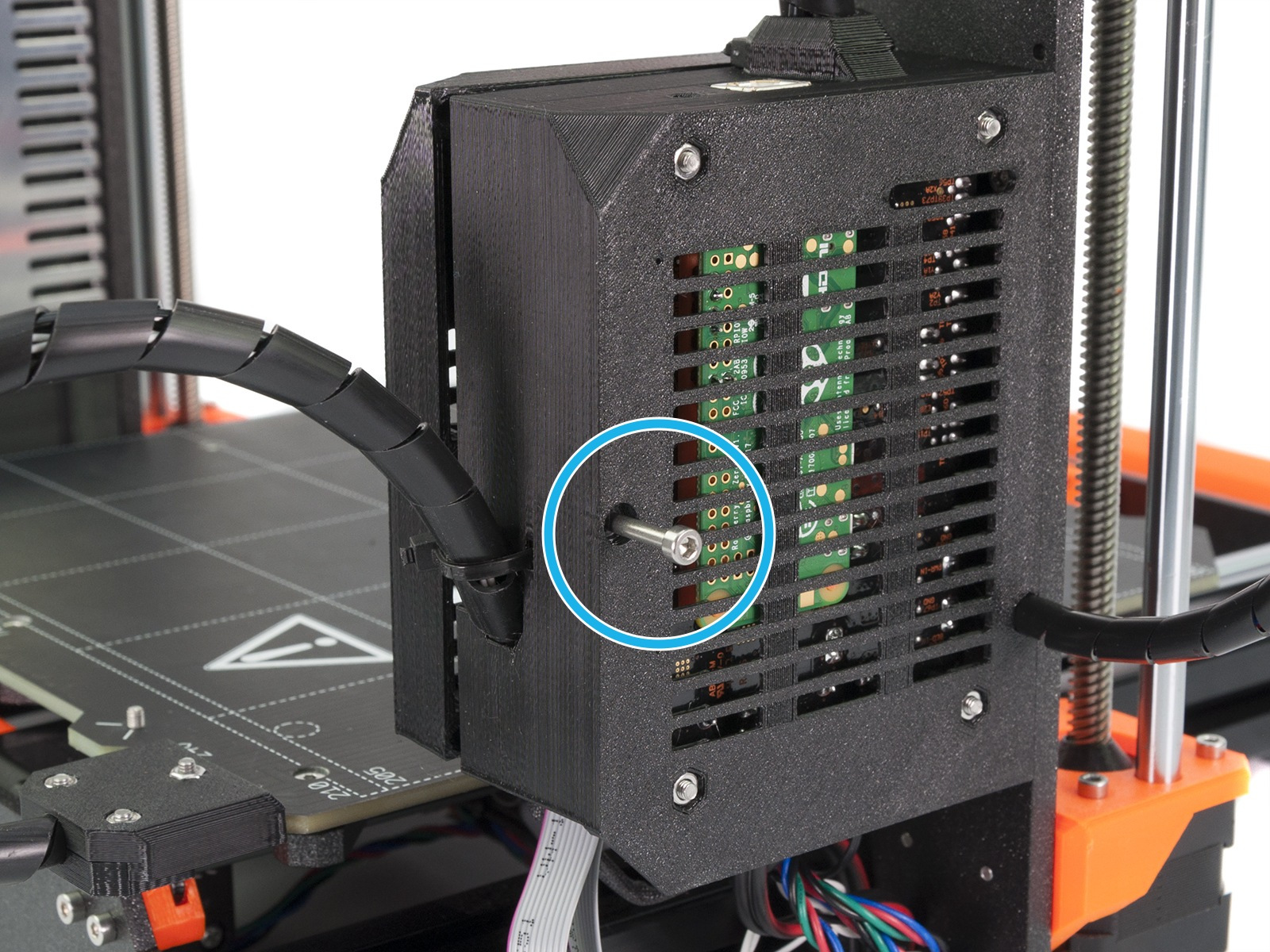

Rather than splicing something together I would recommend getting appropriately gauged wire. The included wire of the Prusa is too short. The 24V version runs directly on the Prusa power supply and is relatively noisy.

The 5V version runs through the DC-DC converter This case fan is technically optional but increases the lifespan of both the raspberry pi and the EINSY board. This is the recommended 25W module, especially if you want to use the RPI to power additional devices! The manufacturer recommends adding a heatsink when needing more than 2A. In this guide I went with what I had, that is why I used the 10W converter. Since the RPI is already exposed to a rather hot environment, I recommend adding heatsinks to it. Material ItemĪnything starting with the 2B ought to work. Some of those are affiliate links just an attempt to recoup some hosting cost in lieu of using annoying ads. Here’s a list of tools and materials you’ll need when replicating this build. My only nitpick would be that some ports of the RPI4 are obstructed, but none of them are really needed as the most important USB ports are easily accessible.

The case not only fits the RPI4 and the EINSY board at the same time, but also increases the sturdiness of the frame by adding a frame brace as well as adding ventilation to the case through an optional case fan. It is the Prusa MK3/S Einsy Raspberry Pi 4B/3B Enclosure with support Brace by KalleKnall.


 0 kommentar(er)
0 kommentar(er)
